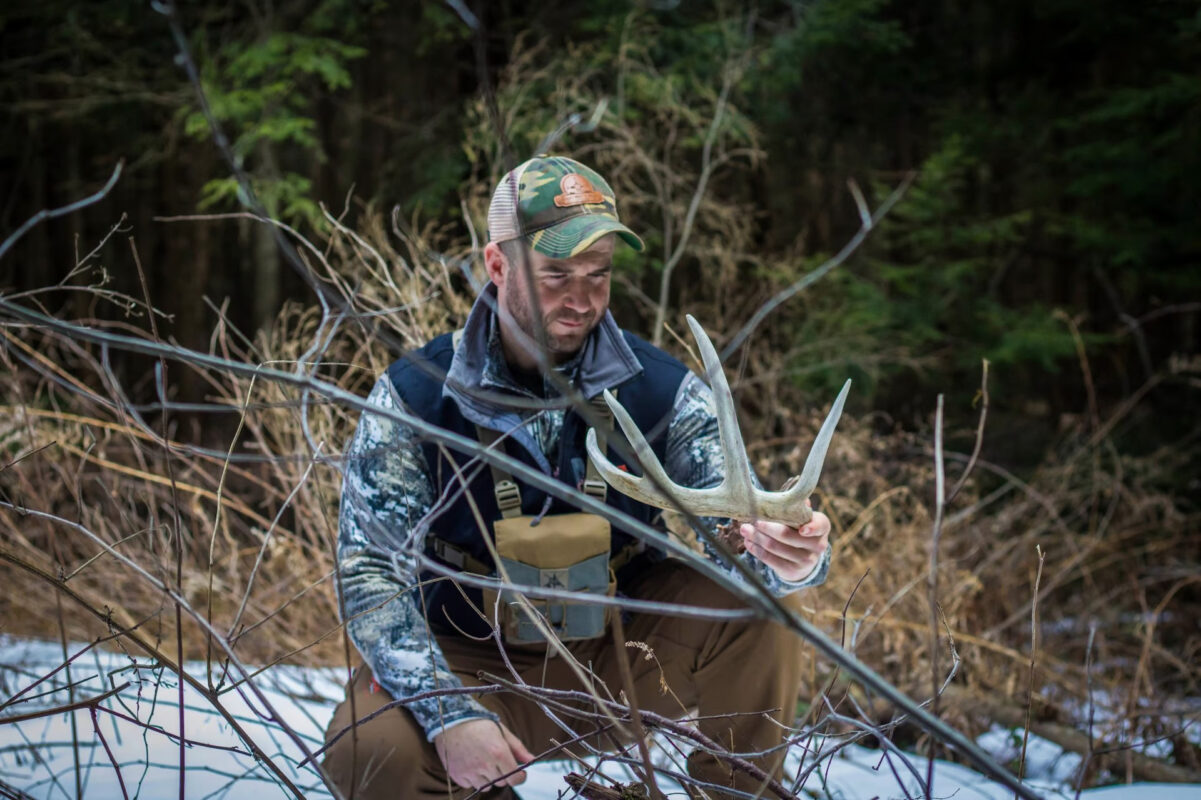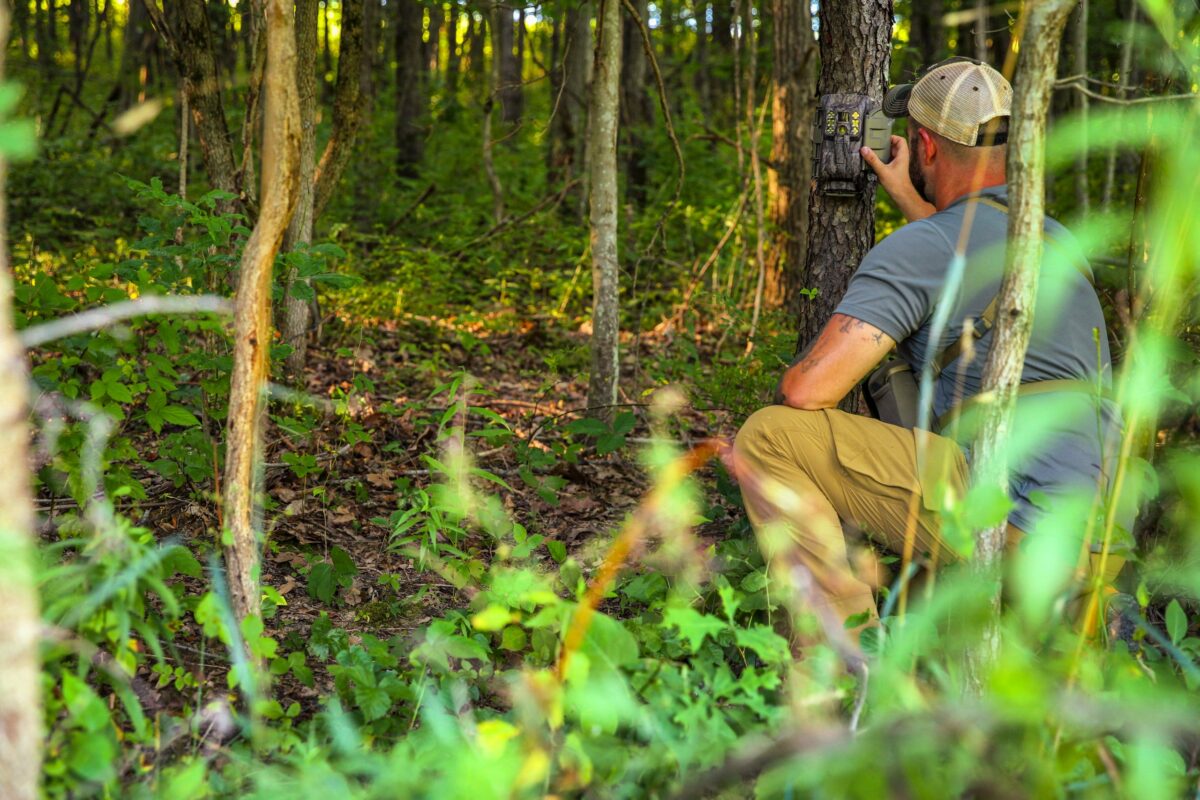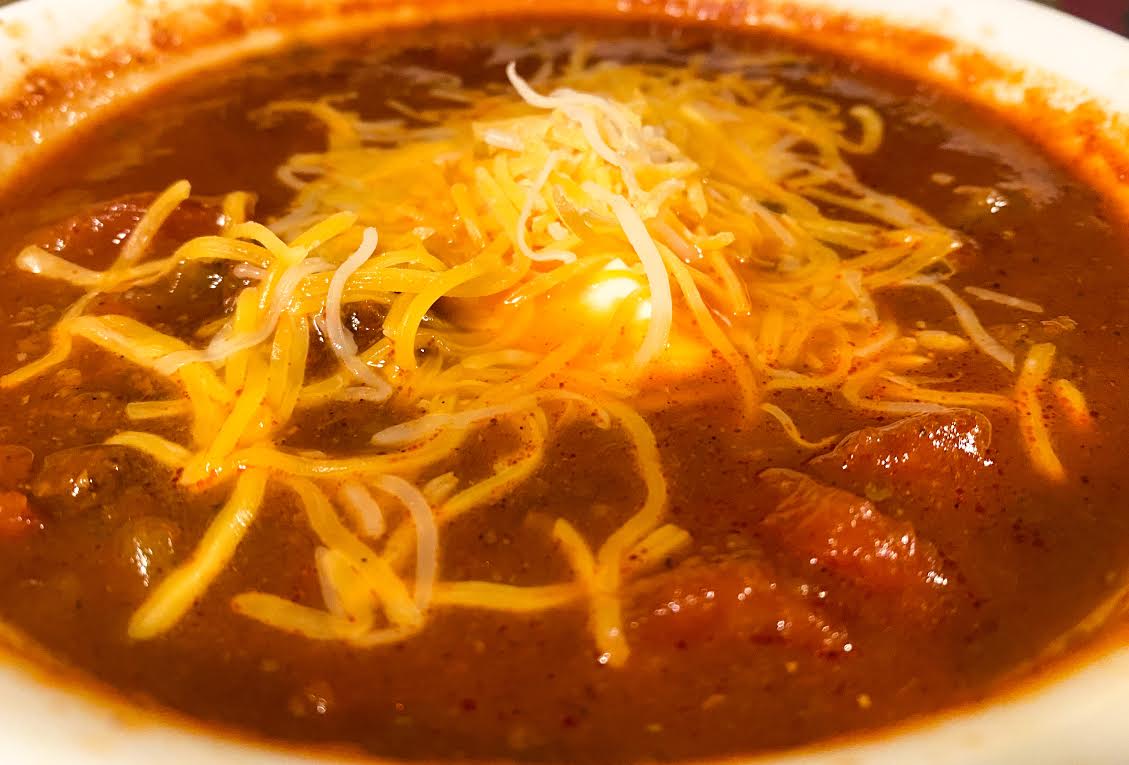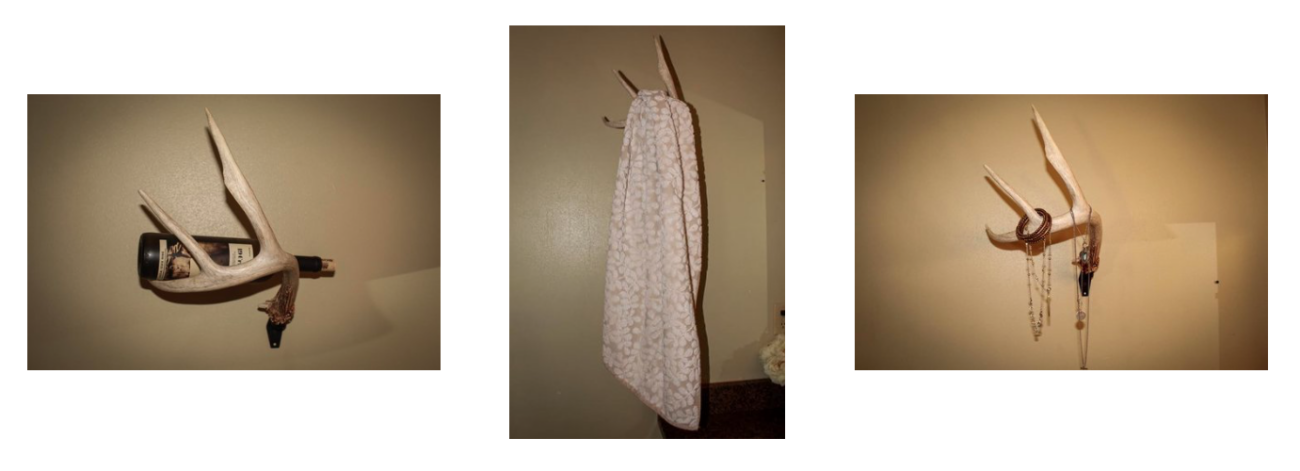The Most Valuable Doe Management Factors You Need To Know
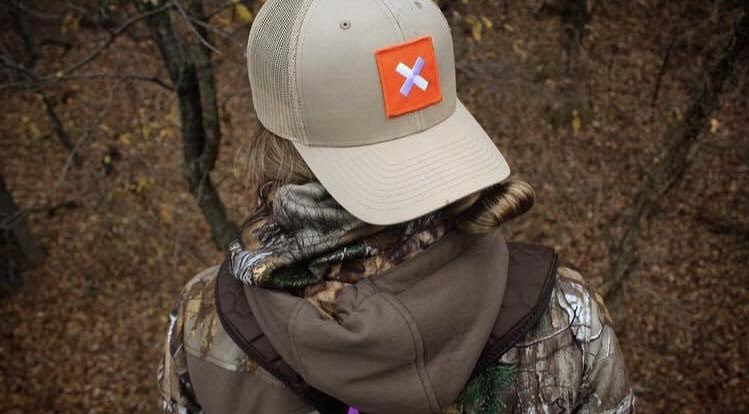
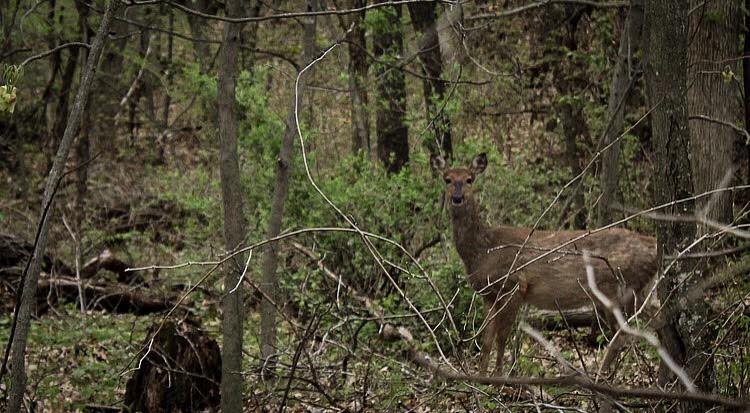
Whitetail season is quickly approaching. With trail camera pictures and scouting ventures, bowhunters everywhere are beginning to build their hit list. In years prior, I would wait for my hit list buck. Deer after deer would come by, I would continuously pass up the opportunity for a shot. Not because I felt I was “too good for that,” but more so that I didn’t want to mess up other potential opportunities. If I knew a bigger buck was hanging out on the property, he was the one I’d hold out for. This year however, the first on my list, are does.
Doe management in the early season is more worthwhile long-term. Doing so extends the lifespan of native forage and food plots, allows bucks to consume necessary nutrition and not expend unnecessary energy. It allows hunters to experience a better and longer rut, helps maintain your whitetail population on your property, and helps them survive the winter. Not only is doe management crucial, but when it’s done at the right time, it can prove to be even more valuable.
Harvesting does early in the season throws off the buck-to-doe ratio before the rut. This can help boost competition and heighten aggression in bucks, which will present more appearances from them. With a high doe to buck ratio, however, tactics like rattling and calling are less effective, and bucks won’t need to fight over does. This also provides plenty of breeding opportunities, creating a short-lived rut which makes it harder to predict phases. By decreasing doe numbers, bucks may be required to move more and further by the time the rut rolls around, and generates a prolonged, and potentially more predictable rut. In addition, shooting a doe later in the season that was potentially bred, robs the herd of fawn recruitment.
In the long run, practicing doe management, can also save you money, or rather, stretch your dollar. Food plots are meant to support a whitetail herd in terms of health (reproductive, lactation, energy, immune response, etc), and ultimately antler growth in bucks. A high deer density means higher consumption of food sources. Ideally, you want your food plot to last in order to pull deer in, and keep them coming back into the freezing months. By managing your whitetail population and ratio, food plot lifespan is stretched, therefore, stretching the time and money you put into food plots.

Furthermore, if a population density is too high and food plots are consumed too fast, whitetails will start consuming native forage. If native forage starts to be consumed earlier in the season, then less food, coverage, and bedding will be available to support that population and their survival in the freezing months. The size of a whitetail population can impact the habitat quality. When resources such as food, coverage, and bedding become less available, the deer will move to find those resources to meet their needs and survive. The decreased availability of these resources can also affect the survival and success of other wildlife as well, but I digress. Therefore, stretching the lifespan of food plots stretches the lifespan of native forage, coverage, and bedding. This can also decrease expended energy and stress on whitetails and when bucks express less energy, they’re more likely to mature and grow the following season. I believe that’s something most hunters can get on board with!
So, how do you know how many does to harvest? There is no specific number, as this is a calculated tactic that varies year to year, and property to property. Using scouting and camera methods, however, you can typically get a pretty good idea of what the population looks like. When calculating your population ratio, it’s critical to not include fawns. The true calculation, however, is in the number and ratio it takes to make the population and habitat sustainable. Researchers claim that removing 20-30% of does is desirable to manage a population. It may be wise to stick to the lesser extreme side. In other words, don’t go crazy.
As the season approaches, consider harvesting does in the early season. This will extend the lifespan of your food plots, the native forage and other resources, and assist in the consumption of necessary nutrition. It allows hunters to experience a better and longer rut, maintains your whitetail population on your property, and helps them survive the winter. Not only is doe management crucial, but when it’s done at the right time, it can prove to be even more valuable.

